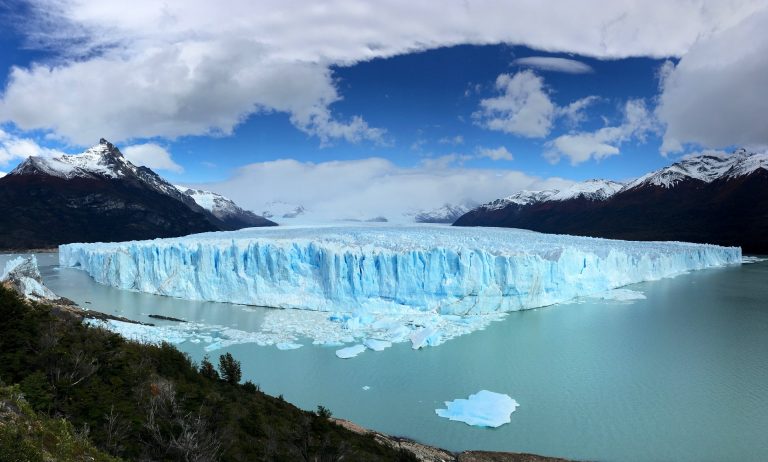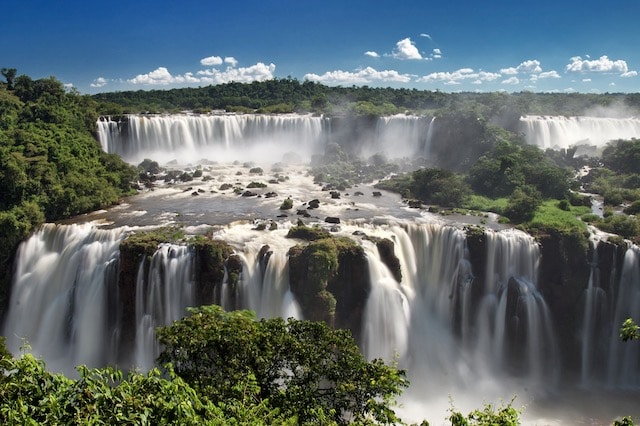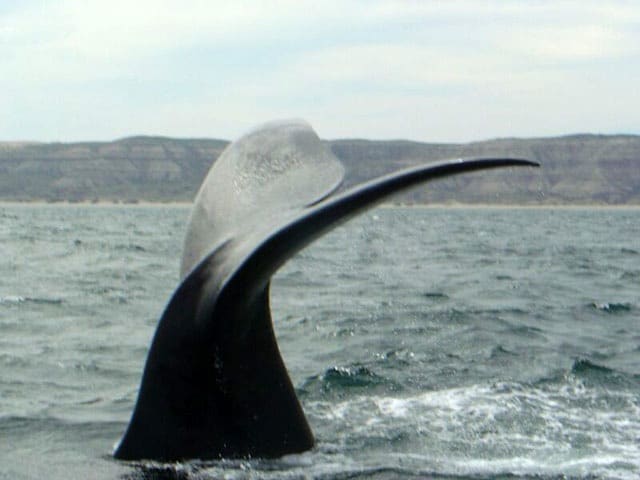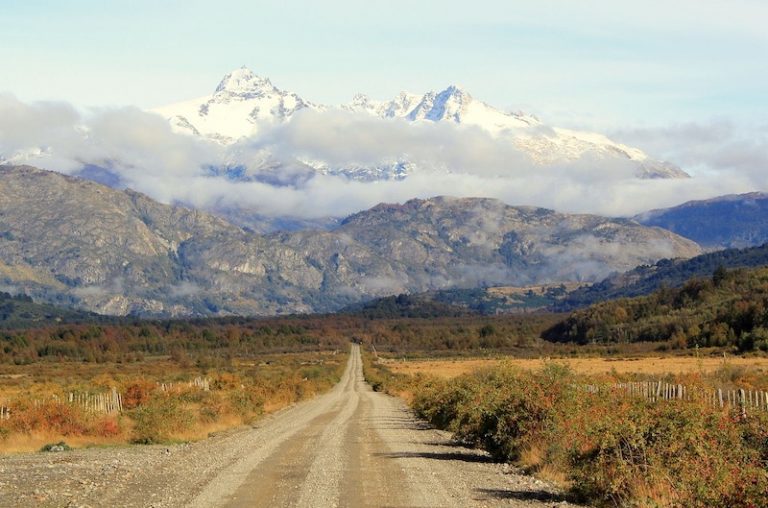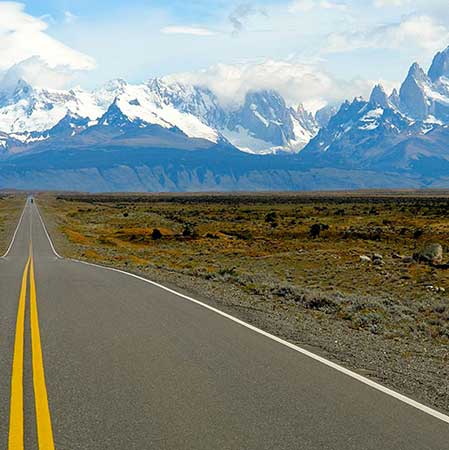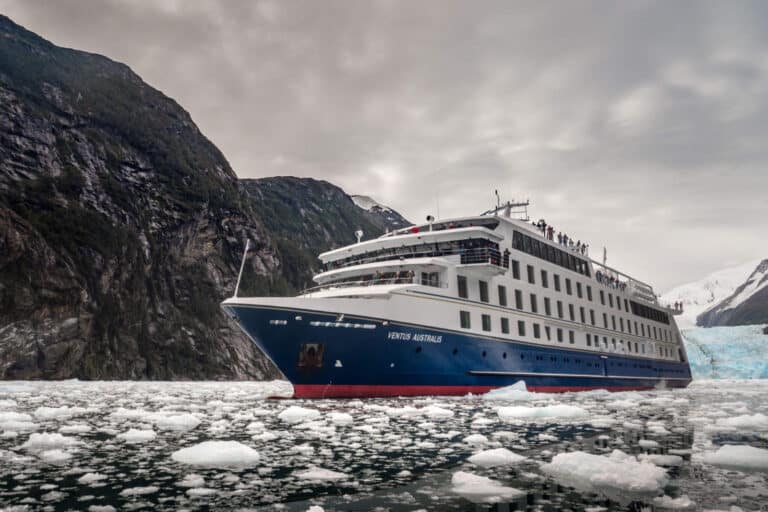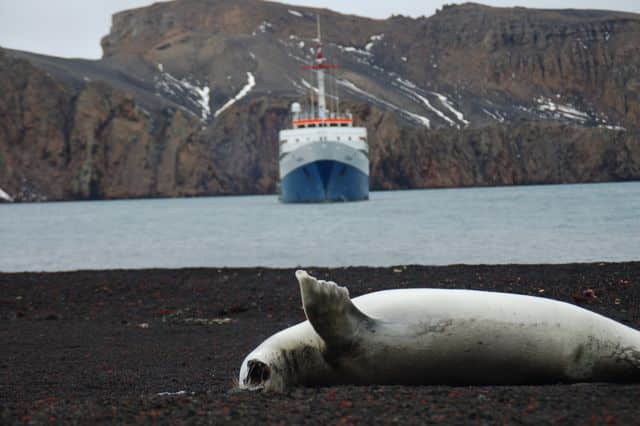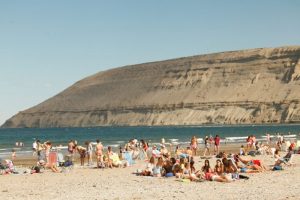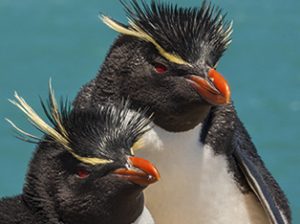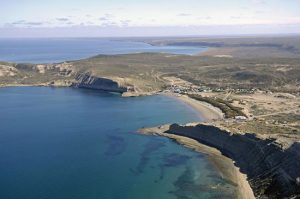Comodoro Rivadavia is the gateway to Central Patagonia. Its attractions range from ancient cave paintings and petrified forests to an area of beaches and penguin reserves. It is known as the city of the wind or the capital of oil.
With more than 200 thousand inhabitants, Comodoro Rivadavia is today one of the most populated cities in Southern Patagonia.
Since 1907, when the first oil wells were discovered, the city revolves around this industry and other related ones, such as the production of wind power through windmills.
Within the desert region, Comodoro occupies a privileged place. In addition to having an attractive beach area, the city functions as a connecting vessel with other tourist attractions of great historical value.
The coastal area of Comodoro is concentrated in the seaside resort of Rada Tilly. The beach stretches for 3 km and has three viewpoints that allow you to enjoy panoramic views of both the coast and the city.From one of these viewpoints, the Punta del Marqués hill, you can see a wild rookery of wolves marine.
Halfway between Comodoro and Trelew, coming down from Puerto Madryn, is the coastal town of Camarones, which has an important penguin reserve.
285 km south of Comodoro Rivadavia, is Puerto Deseado, which has several reserves of two characteristic species of penguins (Magellan and plumes). Near Puerto Deseado, there are two historical landmarks of Patagonia: the Cueva de las Manos and the José de Ormachea petrified forest.
The first testifies to the rock art of the indigenous people who inhabited the area ten million years ago; while the second is the product of a natural phenomenon, occurred 150 million years ago, by which the remains of giant trees were turned into rock.
Comodoro’s Story
Comodoro Rivadavia has experienced rapid growth, and the city’s population exploded in recent decades thanks to oil exploitation in the area.
The city center and the plateaus (surrounding desert mountains) indicate both natural and human beauty that is not overshadowed by oil wells, drilling rigs, and dense urbanization.
In recent years the infrastructure has improved significantly and the city is more attractive to tourists and travelers. Not only do tourists come to Comodoro to change buses or flights, or to see the beach or the countryside (especially its wild fauna and flora), but now the city itself is more appreciated and treated perhaps a little more fairly by its historical value and that of its oil industry.
Originally established as a port in 1889 with the aim of connecting the inland town of Sarmiento with the sea, it was founded by the naval commodore Martín Rivadavia
The city began to grow when large oil deposits were found around the settlement.
The first foreigners were Welsh, part of the large Welsh colony in Chubut that can still be seen today, as well as Boers from South Africa, and some Italians and immigrants from northern Spain and Galicia, followed by Germans.
Comodoro social demographics
Comodoro, a city with more than 200,000 inhabitants in the middle of the Patagonian desert, is truly one of the largest cities in isolation in the world.
Expensive cars and motorcycles (which the locals like to show off at every hour of the day) can be seen frequently as well as high fashion among women.
The Geography of Comodoro Rivadavia
The city is interrupted by a Patagonian plateau almost high enough to be a mountain, with the typical shape of a mountain, known as Cerro Chenque or simply “El Chenque”, a symbol of the city.
From the top you can appreciate the vast urban area and the desert nature that surrounds the city.
Walking the Chenque is usually a very good activity for several reasons: it is a pleasant walk that is not too long or steep and it is a way to really experience the city, looking down and seeing the different neighborhoods.
The town of Rada Tilly, to the south, is home to the best beach in the area, and welcomes a large influx of Comodorenses who enjoy the beach every summer (when the wind allows it).
Rada Tilly is considerably prosperous with luxury homes near the beach and also summer vacation homes for Comoros.
Weather and wind in Comodoro
Comodoro Rivadavia has a very mild climate. It is considered semi-arid or steppe, but with high humidity due to the Atlantic.
Summers are hot enough for beach swimming (some areas), and winters are extremely mild for latitude.
Spring can be extremely windy, this stretch of the Patagonian coast being famous for the wind, especially Comodoro known as the “Capital of the Wind”.
My organised trips to Patagonia
In the carousel below you can see already assembled itineraries for inspiration, click on the one you are interested in and ask me for a quote.
Compact trip through the southernmost Argentinean Patagonia: Ushuaia and El Calafate
Enjoy the 3 most relevant ecosystems in Argentina: The End of the World, The Glaciers and the Iguazu Falls.
Trip to Patagonia Argentina in 7 days touring the most beautiful landscapes of Patagonia Argentina (Peninsula Valdés & El Calafate)
The Carretera Austral by rental car is probably one of the most spectacular routes in Patagonia, designed to be travelled with plenty of time in your rental car.
Tour along Route 40 in Patagonia, starting on Route 3 on the Atlantic coast and continuing along Route 40 until reaching the Andes Mountains and El Calafate.
The Australis Cruises are Expedition Cruises that sail through the Strait of Magellan and the Beagle Channel, exploring one of the most beautiful and unspoiled regions of the world such as Patagonia and Tierra del Fuego.
The Antarctic Cruise aboard the MV USHUAIA offers you an incredible introduction to the 'White Continent' at a reasonable price.



